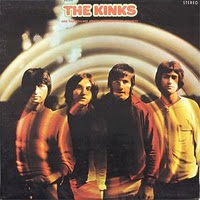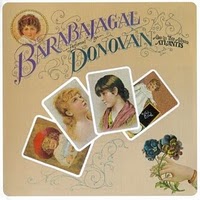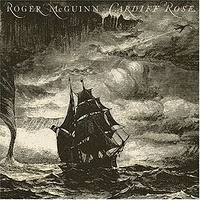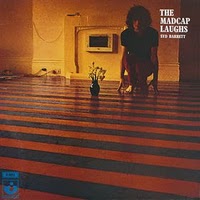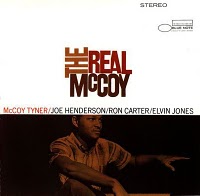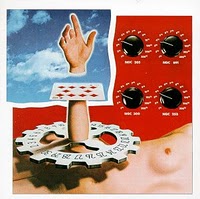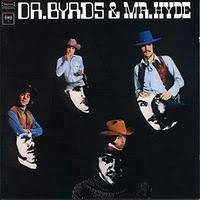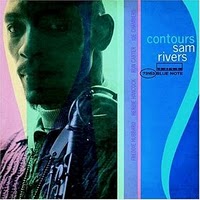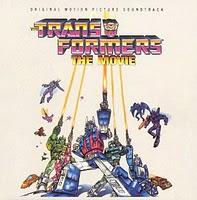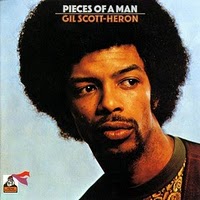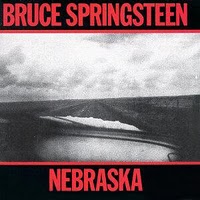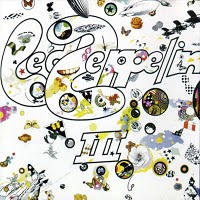 I always gauge a professed Led Zep fan by their attitude to this record. If they say they find it weak, boring, soft, folky, then you pretty much say they’re fairweather friends who just want the hammer to drop, and would be much more at home with Black Sabbath or Uriah Heep. Fact is, Led Zep’s folk (and world music) inclinations weren’t some sort of add-on bonus; folk is at the heart of what the band is all about. Just listen to the first two records, which boast “Babe I’m Gonna Leave You”, “Black Mountain Side” (a straight retread of Bert Jansch’s “Black Waterside”), “Ramble On”, “Thank You”, “Your Time Is Gonna Come” and even “What Is And What Should Never Be”. In each of these songs, Celtic folk is a crucial element. Essential to Zeppelin, too, is the sense of mystery that comes from the folk tradition, the sense of the past in the present, that the otherworld (whether it be the supernatural or the Christian tradition) is just around the corner — what Bob Dylan once summed up affectionately as “songs about death and vegetables”. (And I’m reminded it was Dylan who informed us that “mystery is a fact”.)
I always gauge a professed Led Zep fan by their attitude to this record. If they say they find it weak, boring, soft, folky, then you pretty much say they’re fairweather friends who just want the hammer to drop, and would be much more at home with Black Sabbath or Uriah Heep. Fact is, Led Zep’s folk (and world music) inclinations weren’t some sort of add-on bonus; folk is at the heart of what the band is all about. Just listen to the first two records, which boast “Babe I’m Gonna Leave You”, “Black Mountain Side” (a straight retread of Bert Jansch’s “Black Waterside”), “Ramble On”, “Thank You”, “Your Time Is Gonna Come” and even “What Is And What Should Never Be”. In each of these songs, Celtic folk is a crucial element. Essential to Zeppelin, too, is the sense of mystery that comes from the folk tradition, the sense of the past in the present, that the otherworld (whether it be the supernatural or the Christian tradition) is just around the corner — what Bob Dylan once summed up affectionately as “songs about death and vegetables”. (And I’m reminded it was Dylan who informed us that “mystery is a fact”.)
So. Led Zeppelin III. Written and recorded, not in a frenzy of activity, as the first two albums had been, but in a more relaxed frame of mind, with Plant and Page actually decamping to Bron-Y-Aur, a small cottage in rural Wales, to write together. No wonder, then, that this is a mellower album than its predecessors. Not that you’d know it when you drop the needle on the record. “Immigrant Song” explodes into being, with Plant’s wail initiating us into the new world. The first two albums had begun with songs about sex; this one is about a mythical past, with Plant taking on the persona of a Viking warrior, ready to meet his companions in Valhalla (that is, in death). All hitched to one of the most brutal riffs this side of “Black Dog”. And then it’s over. Can it really be only two minutes’ long? It feels like we’ve glimpsed an entire world in that time.
Sometimes seen as just that record between the hard rock milestones of II and the self titled fourth album, it’s much more than that. In a way, it’s the culmination of the journey undertaken on the first two records, as well as the beginning of a new one that will last for the rest of the band’s career. Put simply, all the branches Zep will follow from now on can be traced to the seeds laid on III, whether it’s the orchestral majesty of “Kashmir” (with its template of “Friends”), the medieval tone to “No Quarter” or “The Battle Of Evermore”, or the slow burners of “Stairway” or “In My Time Of Dying”. Idiot American reviewers sometimes claim that with this album Zep were trying to jump on the Crosby, Stills & Nash soft rock bandwagon, yet a quick look at the English scene of 1969-70 shows that Zeppelin’s influences were Pentangle, Fairport Convention (compare III with Liege And Lief) and even Nick Drake. Actually, “influences” may be the wrong word; like any great band Zeppelin simply tied into the zeitgeist of the times, and discovered that its strains ran deep in its own DNA. –Brad


